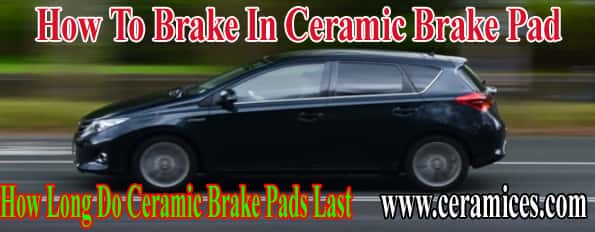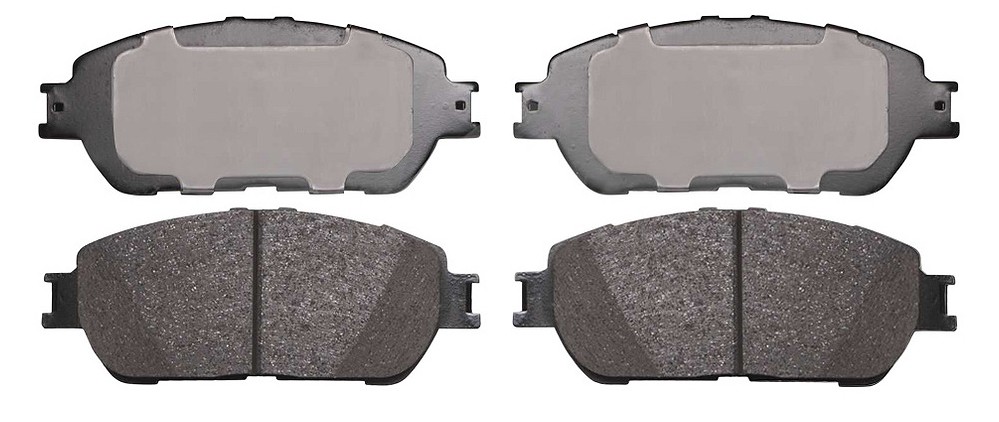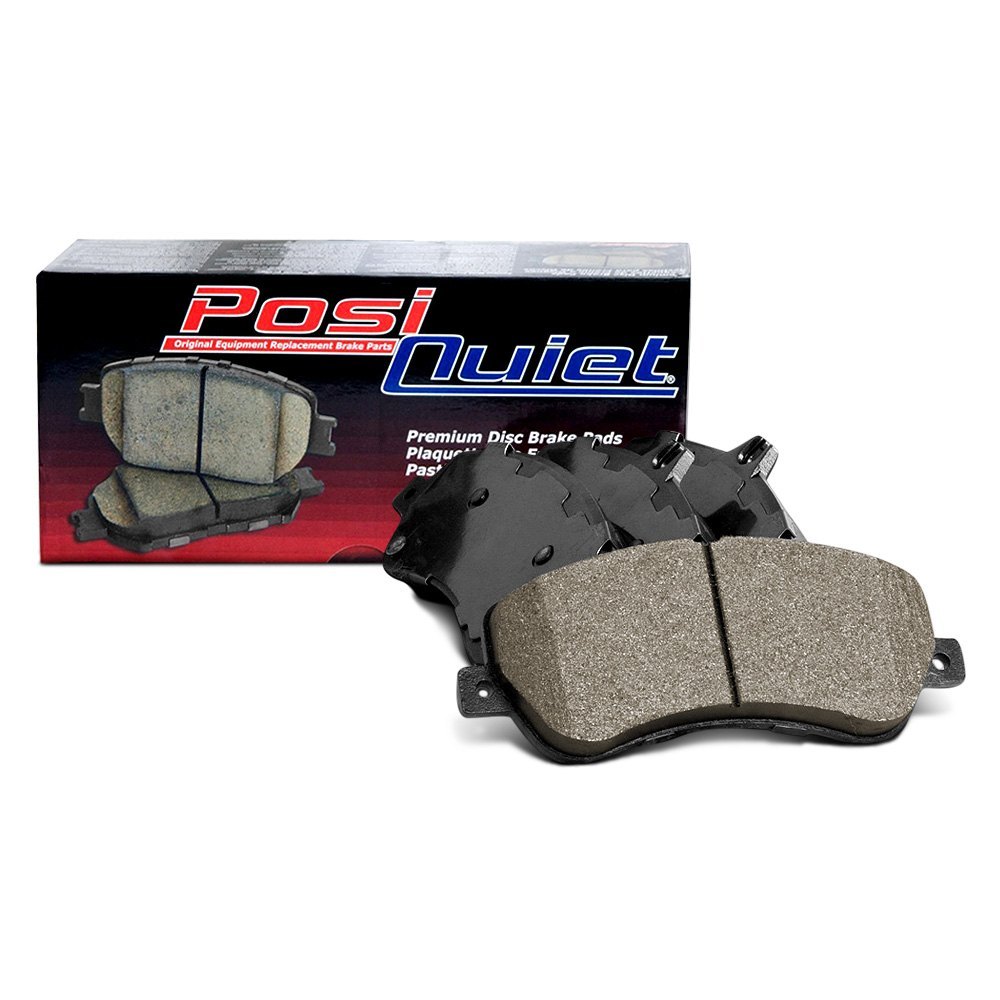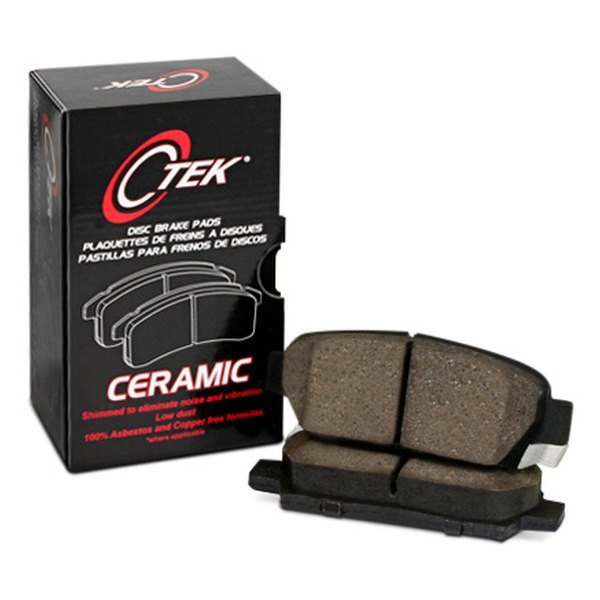After this is complete drive around for as long as possible without excessively heating the brakes and without coming to a complete stop try for about 5 minutes at moderate speed.
Do you need to break in ceramic brake pads.
Having a uniform layer of pad material on the brake rotor is essential to minimizing brake squeal and vibration.
Simply put the bed in process aka break in conditioning or burnishing deposits an even layer of material from the brake pad onto the friction surface of the disc rotor.
Once a new set of ceramic brake pads are installed you need to know how to correctly bed in the pads.
So that s breaking in brakes felix.
The bed in process leaves a.
Bedding your brake pads and rotors is essential if you want your brakes system to work optimally.
Replacing old worn brake pads may include a new set of brake pads made from ceramic components.
There s a right way and a wrong way to do anything and through the thick storm of relentless marketing hype that line can get a little blurred.
Brake pads are one of the consumable parts every automobile and truck is equipped with.
Allow at least 30 seconds between brake applications for the brake pads or shoes to cool down.
It is critical to follow cool down procedures to avoid damaging nao ceramic and semi met friction material as well as the rotor drum.
Doing so may cause excessive heat build up on the brake pads causing their efficiency and performance to suffer.
No high speed stops and or braking under heavy loads that could result in glazed or otherwise damaged linings.
Do not break in the brake pads quickly or without care.
This is the cooling stage.
You should expect to smell some resin as the brakes get hot.
The only surefire cure for most brake noise problems is to replace the pads nao and ceramic pads are typically quieter than semi metallic pads resurface or replace the rotors a nondirectional finish helps reduce noise replace worn missing or corroded disc brake hardware such as pad mounting clips and anti rattle shims and to lubricate.
Be prepared at first for the brakes to be touchy.
By the way you used the term bedded in your letter which i ve never heard.
The process works to put a layer of material onto the friction surface of the rotor from the brake pad.
You ll just have lousy brakes until they do.
In the real world though not every brake pad.
So even if your mechanic doesn t do it your pads will get broken in quickly from normal driving.
Once those brake pads and rotors are mounted it is essential to properly break them in.
And it never takes more than a few miles to completely break in new pads.
Bedding in your brakes helps transfer an even layer of brake pad material onto the brake rotor which assists in smoother brake operation and improved braking power.
Do not tow anything of substantial weight until you have broken in the ceramic brake pads.
Every brake pad manufacturer says that they re the best and that they re an upgrade from whatever you already have.




























